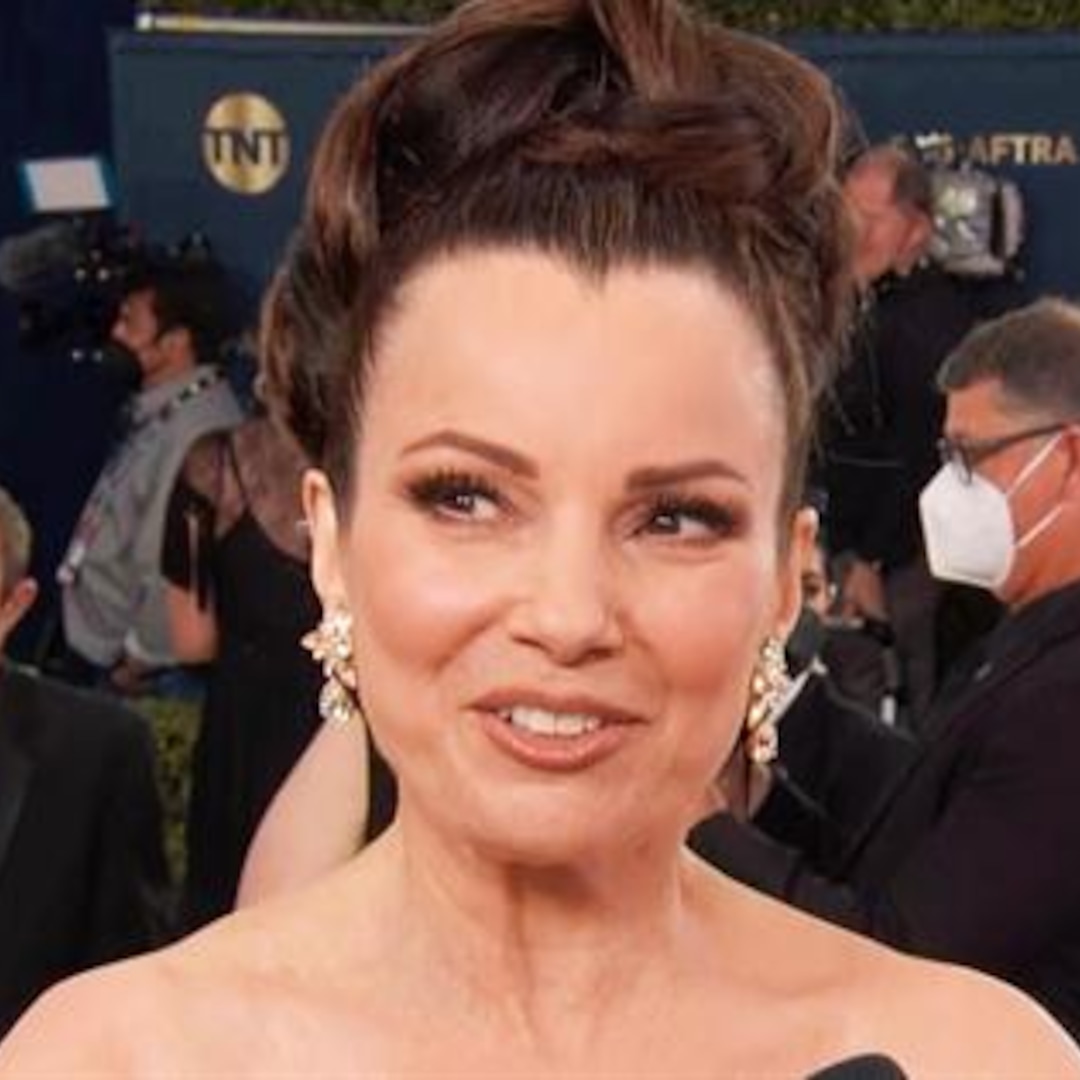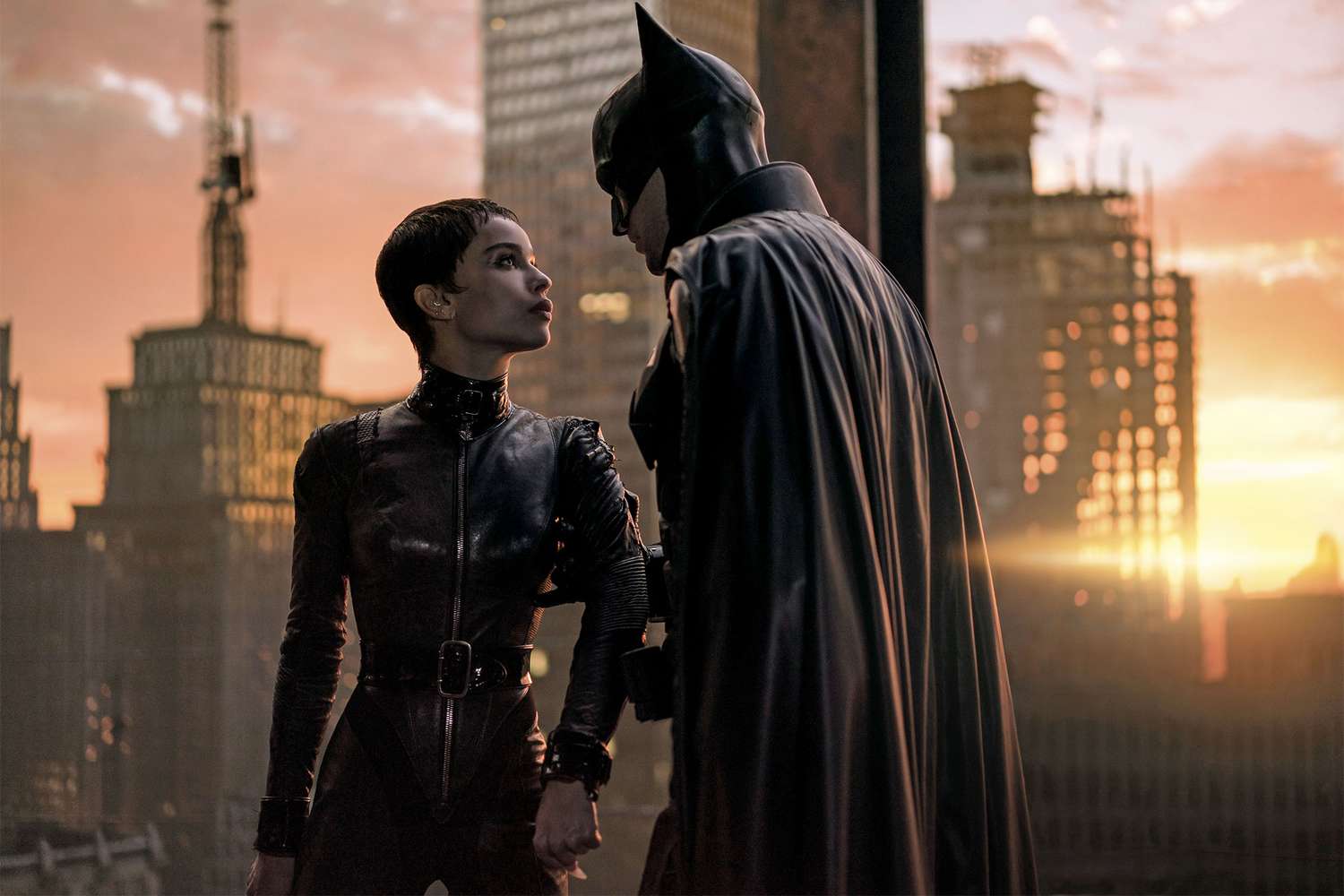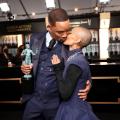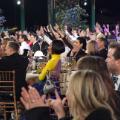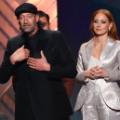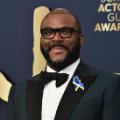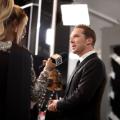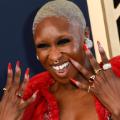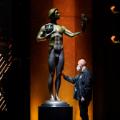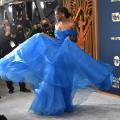Tim Burton’s second Batman film is nasty, hilarious, and most importantly, just barely PG-13
/cdn.vox-cdn.com/uploads/chorus_image/image/70559188/batman.0.jpeg)
The Caped Crusader is back: On March 4, Robert Pattinson will become the seventh actor to don the cowl in a live-action film with The Batman. To prepare, join The Ringer this week as we navigate the grime of Gotham and explore the history of one of the most recognizable superheroes in the comic-book landscape.
The grossest moment in Batman Returns is also the funniest. Unexpectedly gifted with an image consultant by a team of high-paid political handlers, sewer-dweller turned Gotham mayoral candidate Oswald Cobblepot absorbs some backhanded comments about his unpleasant appearance: “Not a lot of reflective surfaces down in the sewers.” Sizing up his glib new underling, the erstwhile Penguin growls jovially and replies, “It could be worse … my nose could be gushing blood.” Pause for laughter all around—and then he bites into the guy’s face, unleashing a gush of bright red across the screen. It’s nasty, hilarious, and, crucially, PG-13—just barely.
Compare this scene—or, if you like, the original Batman’s booby-trapped joy buzzer—to Heath Ledger’s disappearing pencil trick in The Dark Knight and you can see the difference between Christopher Nolan’s hyperrealistic sadism and Tim Burton’s giddy, garish sense of comic-book grotesquerie. Batman Returns turns 30 this year, and enough time has passed to say that its approach holds up. For all their massive scale and actorly pyrotechnics, Nolan’s entries can feel caught between grandeur and pomposity, as if straining to answer their own embedded rhetorical question of “Why so serious?” In theory, Nolan’s obsession with obsessiveness as a defining psychological trait works for Batman, but for all his skill (and pretensions), he lacks Burton’s knack for crafting authentically Gothic, operatic melancholy—the kind that owns its ridiculousness and uses it to elevate toward the sublime.
It’s worth remembering that Burton was an odd choice to helm the first new big-studio superhero franchise since Superman. Imagining a world where comic-book adaptations meant risky business is head-spinning, but that was the terrain in the late 1980s: The commercial debacle of Superman IV, the one with the fake Dolph Lundgren–looking Nuclear Man, seemed to ring a death knell for the genre. Think of the The Simpsons episode about the making of the Radioactive Man movie—in which studio executives shiver at the possibility of being associated with the “campy ’70s version”—and that’s basically where Warner Bros. was with their valuable but easily sabotaged slab of intellectual property. The then-recent success of Frank Miller’s 1986 Dark Knight Returns comic-book miniseries, with its dystopian imagery and tragic depiction of an aged Caped Crusader pondering his moral and spiritual deterioration, confirmed that the Adam West era was over; in order to stay relevant in a moment of hardbodied, R-rated action stars, Batman needed an edge. Which is why the fanbase reacted with reticence when they learned that the filmmaker tasked with finally bringing their hero to the screen was the guy who made Pee-wee’s Big Adventure.
The first Batman was a troubled production, with an ending rewritten on set. With so much money invested, tensions were high enough at Warners that producer Jon Peters (yes, that Jon Peters) rushed a super-dramatic trailer into theaters in time for Christmas 1988 in order to head off bad buzz. The clip, which featured no narration and a steady stream of striking, context-free imagery, was a mini-masterpiece, stoking anticipation (“Wait’ll they get a load of me”) and effectively beginning a new era of hyper-saturated, high-concept Hollywood advertising. On one level, Batman was easy to market, with the cleanest, most distinctive graphic logo since Jaws. On another, Burton’s insistence on a gloomy, gray-scale aesthetic—close to Miller’s vertically integrated hellscape, but with spires and towers straight out of 1920s German Expressionism—threatened the family-friendly potential and ancillary revenues of a movie with over a hundred licensing partners.
It’s always fun to watch a director double down on the things he’s been attacked for in the past, and one way to look at Batman Returns’ slimy, tinsel-lined atrocity exhibition—which includes decapitated mannequins, attempted infanticide, a taser to the face, a fatal tree-lighting ceremony, and the Caped Crusader straight-up murdering a guy in defiance of the code obeyed by his other big-screen incarnations—is as Burton calling his employer’s bluff after being coaxed back into the fold. Initially, the director rejected sequel duty, diverting his energies to Edward Scissorhands and starting preproduction work on The Nightmare Before Christmas (both of which flank Batman Returns as an unofficial holiday trilogy). Ultimately, though, he was won over by promises of creative control. And by sticking to his guns and insisting on making something even weirder and more unsettling than its predecessor, Burton paved the way for all of the other eccentric, upstart auteurs unexpectedly handed the keys to various studio kingdoms in the 1990s and 2000s—not only kindred spirits Sam Raimi and Peter Jackson, but also Nolan, who fits the same B-movie to A-list revenge-of-the-nerd narrative.
In 2017, The Hollywood Reporter published a wildly entertaining oral history about Batman Returns’ unruly origins, recounting epic sagas of conflicting script drafts, reshuffled special guest villains, and Sean Young’s kamikaze audition for the part of Catwoman, which unfortunately turned her into an industry punch line. Earlier incarnations of the screenplay featured Harvey Dent and Robin, and the original plot hook involved Penguin and Catwoman searching for buried treasure—exactly the kind of stuff that made Burton want to run for the nearest exit. The pressures being exerted by executives to just throw something together and get shooting were real, which may account for why Burton felt so obliged to bite the hand that was feeding him; the gory scene at the Penguin’s campaign headquarters feels at least a little bit like a filmmaker blowing off steam. “With the first Batman, you never heard the word franchise,” Burton recalled. “On the second one, we started to get comments from McDonald’s like, ‘What’s all that black stuff coming out of the Penguin’s mouth?’” (In the end, McDonald’s pulled their Happy Meal promotion.)
The plot of Batman Returns, in which the aforementioned Oswald Cobblepot—played by Danny DeVito at the height of his unlikely box-office powers—owed debts to a couple of episodes of the 1960s Batman television series: Season 2’s two-parter “Hizzonner the Penguin” and “Dizzoner the Penguin,” which gently kidded Gotham’s electoral process (including a televised debate between Batman and the Penguin modeled on the 1960 Nixon-Kennedy confrontations). The film’s story line is considerably more satirical and savage, with Oswald’s campaign propped up by a despicable industrialist named Max Shreck (Christopher Walken), who wants to exploit the outsider’s animalistic charisma and erect a power plant in the core of downtown. As numerous people pointed out in 2017, the narrative was weirdly predictive of a certain presidential run and victory, right down to the plot point in which the Penguin’s contempt for his own constituency is exposed by an incriminating bit of audiotape.
“I wanted to show that the true villains of our world don’t necessarily wear costumes,” screenwriter Daniel Waters, who was hired by Burton to punch up the first draft by returning Batman scribe Sam Hamm, explained to Empire magazine. There is a bit of Waters’s previous project, Heathers, in Batman Returns’ dialogue—after learning that somebody he thought he’d killed is still alive, Max resolves to “push her out a higher window” next time—but Burton wasn’t fully convinced, and turned to A-list ringer Wesley Strick. Among other things, Strick filled in the details for the Penguin’s master plan—a coordinated extermination of Gotham’s first-born sons as a biblical penance for his own childhood abandonment. DeVito leans into the greasy, amphibious makeup design, giving edge to a character typically depicted as an irascible dandy. (The plan had been for Burgess Meredith to cameo as Oswald’s father during the urban-fairy-tale-style prologue, but he fell ill before filming and was replaced by the embattled Paul Reubens.) DeVito’s portrayal is feral: His dreams of holding office slipping away, Penguin flies into a rage and misquotes John Hurt’s empathetic Elephant Man: “I am not a human being! I am an animal!”
DeVito’s best duet partner is Walken, brilliantly cast as a sleazy high-roller as blankly cadaverous as his German Expressionist namesake, staring out with dead eyes from beneath a shock of white hair. The scene when Max is systematically blackmailed by Oswald—who’s been collecting dirt on his potential partner from the city’s bowels—is wonderfully deadpan, ending on a sight gag involving a pale, dismembered hand. (No word on what McDonald’s thought about this bit.)
DeVito and Walken are both, however, lapped by Michelle Pfeiffer’s Catwoman, an inspired creation who fills in what was missing in the first Batman—a sense of sexual heat and danger—while testing the PG-13 rating with nearly every line reading. “You’re always confusing your pistols with your privates,” she teases a couple of mall cops. That sound you heard in multiplexes across the world was a million boys and girls hitting puberty simultaneously.
In the late ’80s and early ’90s, Pfeiffer had specialized in playing elegantly repressed women, whether the victim of an aristocratic seduction plot in Dangerous Liaisons or an unconventional socialite in The Age of Innocence; getting cast as Selina Kyle represented a chance to outvamp her own role in The Fabulous Baker Boys. It’s a brilliant performance that splits the difference between outrageousness and pathos, aided by writing that gives her a surpassingly cathartic emotional arc—a mini-epic of misogynist abuse, murderous betrayal, and unlikely resurrection with suggestive echoes of rape-revenge thrillers like Ms .45. The visual joke of Selina going from mousy to feline after being defenestrated by her boss—that’d be Max—is obvious enough, but the sequence when she peels herself off the pavement and returns to her apartment in a fugue state is a marvel of set design, editing, and wild-eyed star presence. Stuffing plushies down the garbage disposal, lapping milk straight from the carton, and fetishistically stitching herself a vinyl leather catsuit, Pfeiffer’s like a bloody avenging angel; though, in a lovely little touch, the neon pink sign reading “Hello There” outside Selina’s doorway is shown minus an “o” and a “t” in order to spell out something more devilish. “Life’s a bitch,” Selina explains later to Michael Keaton’s Batman. “Now so am I.”
Which, oh yeah—Batman. Keaton had already ceded the first Batman to a top-billed—and over-the-top—Jack Nicholson, and in Returns he’s relaxed and funny in ways that suggest he knows it’s not really his show. The key to Keaton’s take on the character was always a slight bemusement, as if he were a spectator in his own franchise—a strategy that works when the villains are worth the price of admission. He’s definitely perkier in the romantic scenes with Pfeiffer, which have a chemistry that had been missing in the Keaton–Kim Basinger pairing in Batman, and he’s got a lightness that offsets the grimmer excesses of Burton’s style. After the release of 2014’s Birdman, there was a pervading idea that Keaton was somehow doing penance for his tour of duty in the Batsuit. But he never really had anything to apologize for; if anything, Robert Downey Jr. owes him for finding ways to seem relaxed and crafty in the midst of a megabudget production. (It’s a shame that Keaton didn’t really get to play opposite Downey in Spider-Man: Homecoming, but there’s a certain symbolism to the casting anyway.)
Revisiting the rocky critical reception to Batman Returns, what’s interesting is how the things that Burton got dinged for are now the going currency of event movies. “No matter how hard you try,” wrote Roger Ebert, “superheroes and film noir don’t go together. … The very essence of noir is that there are no more heroes.” What Ebert couldn’t have foreseen is how that fatalistic essence would eventually permeate even the glossiest of Hollywood products. But even without taking the long view, his assessment that Batman Returns was “misguided” says more about its director’s willingness to color outside the lines. It’s telling that when Joel Schumacher took control of the franchise a few years later with Batman Forever, his florid, fluorescent color schemes and high-camp casting were seen then as a reprieve from Burtonian bleakness but play now as borderline unwatchable. With its overt yet straight-faced goofiness and cherry-picked Top 40 soundtrack—including Bono trying vainly to one-up Prince as a pop supervillain—Batman Forever was, above all, profoundly packaged; it wasn’t pushing against anything. Calling Batman Returns subversive might be a stretch, but it at least generated some tension between its attempt at a legitimate artistic vision and its status as a multiplex product. Both of Burton’s Batman movies feature scenes where would-be demagogues try to buy off Gotham with bread and circus–style spectacle. Perhaps audiences felt burned by this dim view of the teeming masses—or maybe the implied critique of pandering, predatory corporate showmanship cut a bit too close to the bone.
Batman Returns is far from perfect: It’s too long and a bit too convoluted for its own good, and the climax, featuring a troupe of actual penguins strapped with rocket launchers, echoes Peters’s infamous demand that Kevin Smith rewrite the end of his unmade Superman Lives to feature a battle with a giant spider. (For what it’s worth, Burton reportedly disliked Peters, getting him demoted to executive producer and more or less barring him from the set.) But it’s satisfying in the clutch, with both villains going out in style: Pfeiffer doing a pretty good, bullet-riddled Inigo Montoya impression before electrocuting Walken and a bloated, bloodied DeVito getting dragged into a lagoon by six emperor penguins—a surreal vision that sticks in the mind more than the demise of any Marvel bad guy to date. Warners forced Burton’s hand by inserting a sentimental hint that Selina might still be alive, but the feeling of a director who’s taken his assignment as far as it can go—and who doesn’t want to go any further—is palpable anyway. The film ends with the camera surging upward before settling into its spot high above Gotham, an image of a series peaking early—nowhere to go from there but down.
Adam Nayman is a film critic, teacher, and author based in Toronto; his book The Coen Brothers: This Book Really Ties the Films Together is available now from Abrams.
‘Batman Returns’ Was the Peak of Grotesque Superhero Cinema - The Ringer
Read More
